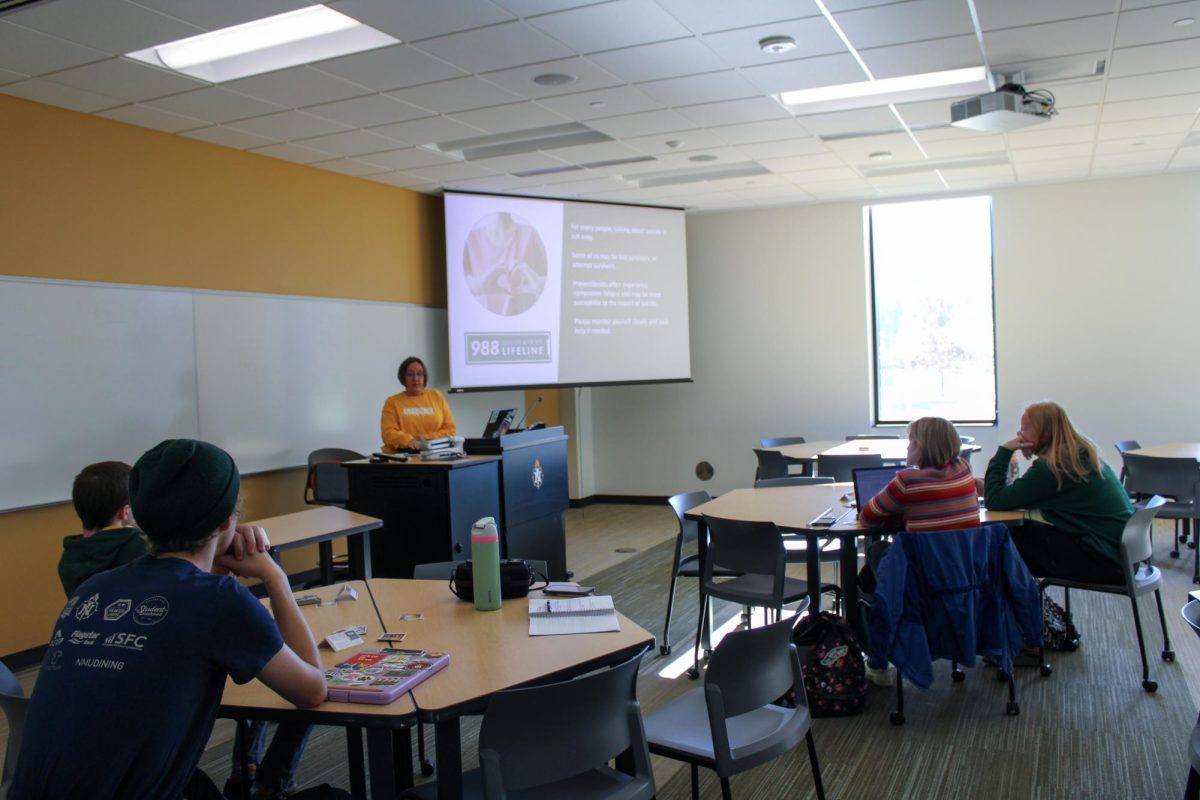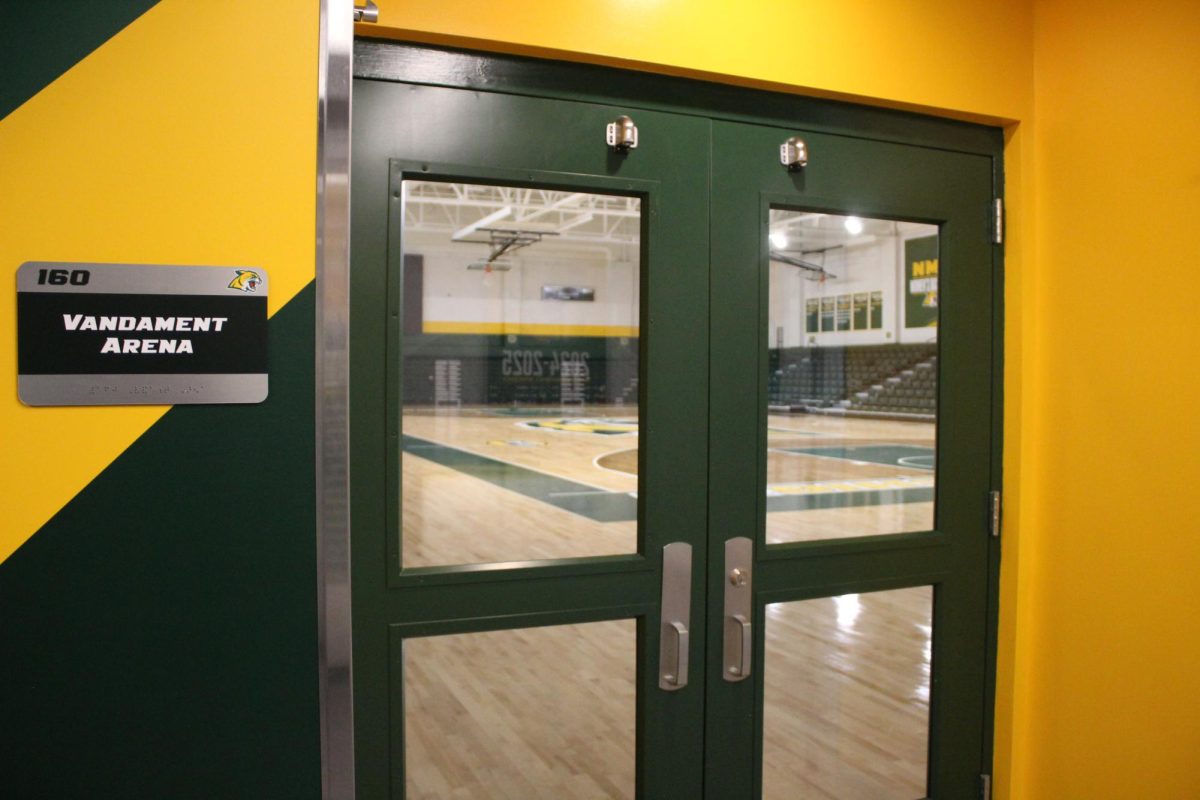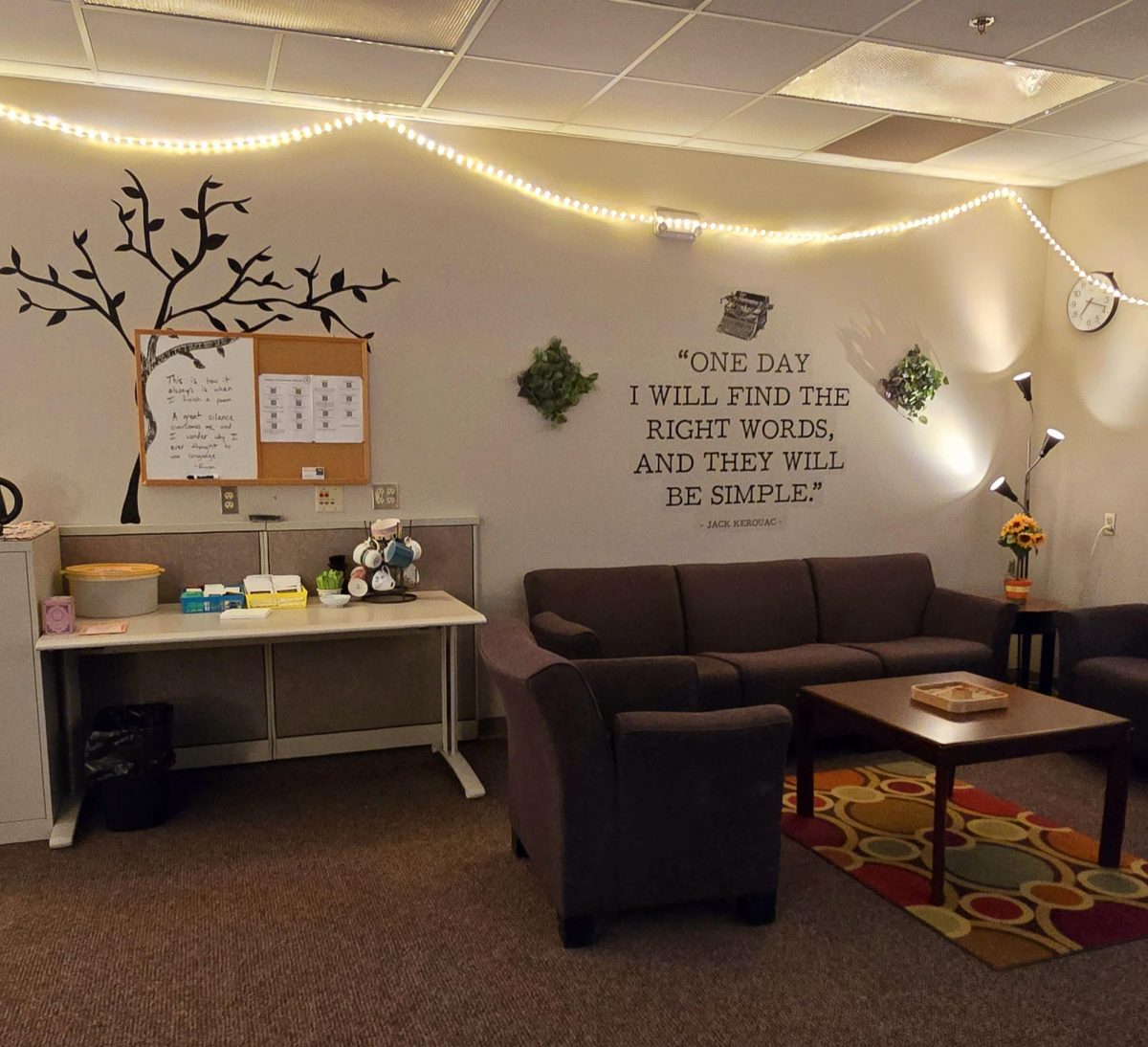
Michigan is ranked 35th in the nation for lowest energy costs. But maybe this would be better stated as being ranked 15th for highest cost. The Michigan cost average for electricity is 13 cents per kilowatt-hour (kWh); for reference, the average household in the US uses a little over 900 kWh each month for electricity. That’s roughly $117 monthly, paid out to… who?
According to an NPR Planet Money article from October 2011, Idaho’s average cost per kWh is down to eight cents. For the same monthly energy usage in Idaho you would pay around 72$, roughly $40 less than in Michigan.
Why is this? Does Idaho have more wind than Michigan? Unlikely, but possible. Does it have more rivers? Perhaps. Does it have more sun? Almost definitely. But the harnessing of these resources, something Michigan is lagging behind, is where the rubber meets the road. StateImpact Idaho, another NPR reporting project, reported in 2012 that hydroelectric power facilities account for nearly 80 percent of grid power in Idaho. Coal is currently only a tiny sliver of their annual power generation, coming in behind wind power, natural gas, and wood-burning. In Michigan, hydro power only accounts for 35-40 percent of the state’s power supply.
Idaho is home to the Snake River, a massive flow with 17 hydroelectric dams built on its main trunk and tributaries. The largest and most productive dams on that river—the ones in Idaho, owned by Idaho Power—are helping to bring the cost of energy down within the state of Idaho in ways that Michigan has not been able to implement. We’re not talking about saving $100 a year for a family of four; those kinds of numbers can be left to people who overinflate their car tires. We’re talking a reduction of several hundred dollars a year just to power a studio apartment in Michigan versus Idaho.
The wind power industry has just broken good news with reports that by extending the maximum height of turbine hubs to 360 feet, harnessing wind power would be fully feasible in all 50 states, contributing to lower energy costs and lower dependency on fossil fuels for heat and electricity.
One group in opposition to wind energy development is the environmental sector concerned with wild and migrant avian populations; that is, birders. When migrant bird populations are en route to their seasonal destinations and hit an obstacle such as Lake Michigan, they tend to skirt the lake shore rather than fly for extended periods over open water. The lakeshore affords more shelter and opportunities for rest and food. These coastal areas, however, are also prime real estate for wind turbines. Winds tend to be more powerful over open water where there are no trees or land formations to dull powerful gusts, making coastal areas ideal for wind turbine installation. What happens when a 300-foot-tall turbine spinning in the wind is met by a horde of starlings?
The wind industry spokespeople have largely claimed that these bird populations tend to fly at heights above 350 feet, meaning there isn’t a need to be concerned about windmill blades slapping birds or bats out of the sky. Thousands of each die every year from mid-air turbine collisions, anyhow.
Aside from migratory populations of bats and birds that aren’t endangered, the number of bald eagles killed by turbines has been brought before the U.S. government; Pres. Obama stated in 2013 that wind power companies would not be held liable for eagle deaths for at least 30 years going forward.
Multiple reports have shown with radar data that large groups of migratory birds and bats migrate through areas in Michigan slated for wind turbine installation. So the question is raised: how can we utilize these high-wind areas for wind power without negatively impacting the migratory bird and bat populations?
There are new turbine designs in the works, including some that would deter birds from flying too close to the blades. Another option is to simply raise/lower the hubs so that the typical height of flight for the birds wouldn’t intersect with spinning turbines. Overall, nothing that should truly inhibit the projects.
Still, owners of lakeshore property aren’t crazy about looking out over “their view of the lake” and seeing windmills dotting the horizon. For some, paying higher energy costs and relying on unclean methods of obtaining power are easier to stomach than changes in the skyline. Just wait until their Prius lease renewal gets denied.























